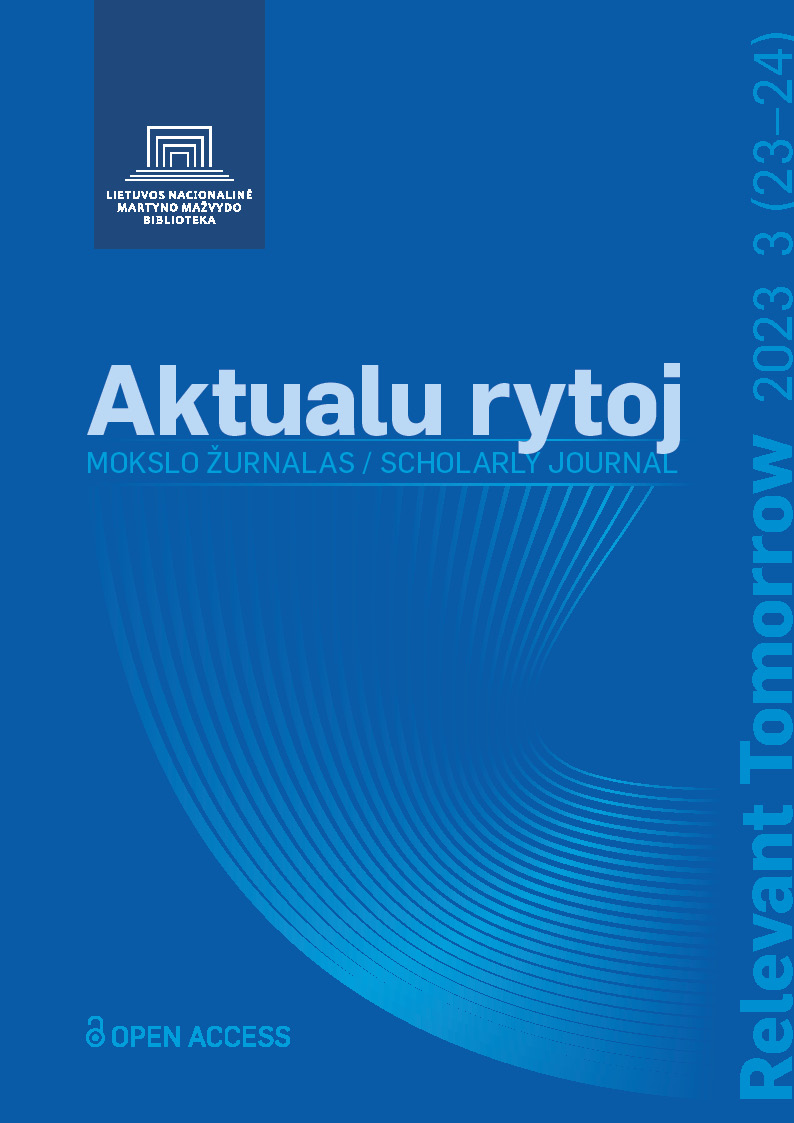Maps of Vilnius in Lithuanian Children and Young Adult Literature of the Early Twenty-First Century
DOI:
https://doi.org/10.51740/RT.3.23.24.9Keywords:
literary map, Vilnius map, Lithuanian children and young adult literature, legendsAbstract
At the beginning of the twenty-first century, twenty-six books for children and young adults were published in Lithuania. All the books were set in Vilnius. The 700th anniversary of the first mention of the name of Vilnius, which the city celebrated in 2023, is a meaningful occasion to explore a topic that has not been researched yet—the representation of Vilnius in Lithuanian children and young adult literature of the early twenty-first century. I classified this literature into three categories: 1) the myth of the founding of Vilnius and the “Tales of Vilnius” and their routes in fiction; 2) the original Vilnius routes in prose texts; and 3) the educational Vilnius routes. Literary maps were drawn for each of the literary works analyzed. One hundred and eighteen unique objects of Vilnius were counted in the books selected for the research. Most of the objects are concentrated in the central part of the city and seem to replicate the very first map of the Tales of Vilnius (1931). The attribution of these 118 places to Vilnius neighborhoods showed that the most frequently mentioned neighborhoods were Senamiestis, Naujamiestis and Užupis. This does match the recent demographic data for Vilnius, according to which the largest number of young readers live in Verkiai, Pašilaičiai and Antakalnis neighborhoods. Similarly, very little attention in children and young adult literature is paid to Rasos, Naujininkai, Lazdynai, Karoliniškės, Viršuliškės and a few other neighborhoods further away from the city center. This means that for most young readers the city center is less familiar area. Moreover, when reading this literature, they are unlikely to always identify with the setting of the books as their own and familiar.










